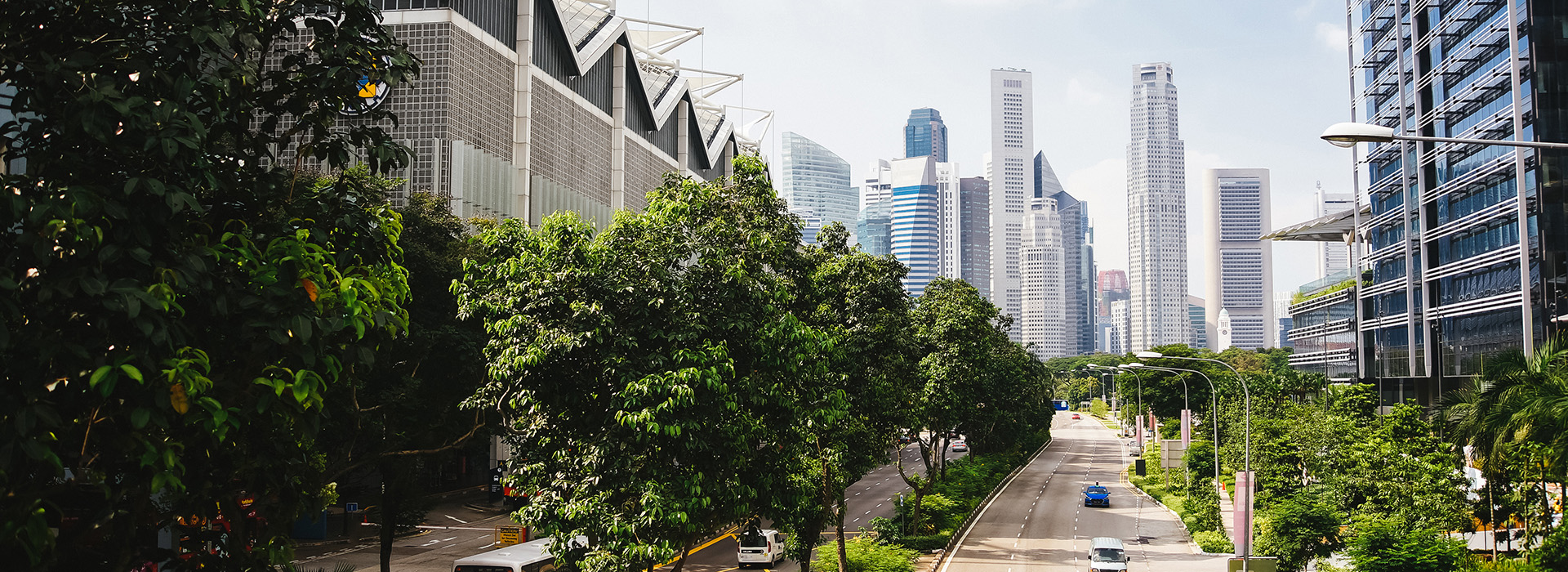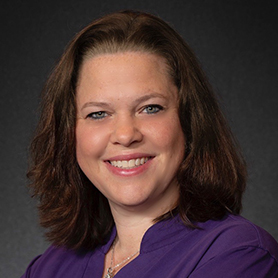Linette Casey: Driving the Sustainability Projects Forward
With good environmental practices rooted at an early age, Linette Casey, Director, Power System Development at Siemens Energy, talks to dss+ about how her love of the outdoors, learning from customers, and how broader acknowledgement of ESG issues is helping drive sustainability projects forward.


Linette Casey
Director, Power Systems Development, Siemens Energy
Q.
When did your sustainability journey begin, and how has it evolved?
My journey started early, but I didn’t realise it at the time. I grew up in northern Maine, USA, where farming, fishing and forestry are a big part of daily life, and a strong connection with your surroundings teaches good stewardship of the environment from an early age. In high school, I was on the forestry management team and part of the Future Farmers of America organisation, which were totally normal choices for girls and boys. The teaching was very much focused on what we now term sustainability. So I guess I’ve been raised on the idea that sustainability is a natural part of life and I’ve unconsciously taken that attitude throughout my career. I’m now in a position to help people who have not had such a strong environmental backstory and solve some tough sustainability challenges. Each tiny seed of knowledge planted can influence many people and accelerate impactful change across the energy industry.
Q.
What’s your approach to driving the renewable energy transition?
I believe it’s a two-way process. Over the years, the customers I’ve worked with led me to explore some innovative sustainable areas in development at the time, including geothermal, wind and solar power. This was thought-provoking and I learned a lot from understanding customers’ sustainable energy ambitions and their genuine desire to move away from fossil fuels. Now, my team and I advise customers on decarbonising their operations based on where they are in their sustainability journey, what assets they have and how they currently generate power. We then work with them on a roadmap that helps meet their decarbonisation target and what practical steps they can take to get there. We focus on baby steps as it’s not like we can flip a switch and everything is renewable. There are many steps along the way on both a micro and macro level. Plus, companies still have to be profitable, so triaging what changes are critical and what can wait is essential. It’s a more holistic approach that accepts every customer has different assets, different market conditions and different governance. You have to understand the company’s fingerprint to advise them on their unique journey.
"While there are still challenges ahead, with enough money and many brilliant minds, we can transform how we source our future energy."
– Linette Casey, Director, Power Systems Development, Siemens Energy
Q.
You’ve mentioned the impact of innovation on driving the renewable energy transition. What ideas can we expect in the future, and what do you see as the main barriers to implementation?
We only have to look at how wind and solar are now considered mainstream renewable energy sources to testify to technology’s potential to turn innovative ideas into reality. In terms of cool ideas currently on the table, everyone is looking at hydrogen. If we go back to the idea of baby steps, we could remove 5% of carbon emissions now by simply injecting 5% hydrogen into existing natural gas pipelines. Even more exciting is the current focus on technology to produce renewably sourced, or green, hydrogen more economically to be scaled up for transport needs, including aviation. For example, the rollout of technology that uses ambient air instead of greenhouse gases to insulate pipelines is set to be a gamechanger from a cost perspective. Then there’s on-the-horizon technology, where a lot of money is being poured into fusion projects that are looking to replicate the sun’s power as a source of renewable energy on earth. So while there are still challenges ahead, with enough money and many brilliant minds, we can transform how we source our future energy.
"Sustainability is often pigeonholed purely as an environmental issue. Yet if we widen that focus to environmental, societal and governance (ESG), then we can have a more well-rounded conversation of what it means to be sustainable."
– Linette Casey, Director, Power Systems Development, Siemens Energy
Q.
We often talk about sustainability in environmental terms, but what about broader societal and governance (ESG) topics? Where do they fit in for you?
Sustainability is often pigeonholed purely as an environmental issue. Yet if we widen that focus to environmental, societal and governance (ESG), then we can have a more well-rounded conversation of what it means to be sustainable. Every department is touched by sustainability issues, whether its diversity, safety or an organisation’s impact on the local community. The way an organisation is governed, its culture, leadership all flow through these sustainability concepts. How does the makeup of your board translate to the financial success of your business? What are the legal implications of contracts with other entities? Are you confident materials are sourced ethically and without human suffering? From an investment perspective, these due diligence issues are increasingly important. Then there are initiatives likely to focus on ensuring a proportion of money spent in the supply chain is with diverse and minority-owned businesses or in underprivileged communities. These ideas enrich sustainability’s impact and we need to explore their potential.
Q.
What do you see as the main challenges in moving to a low carbon and more sustainable future?
The cost of implementing technology remains a challenge, as does the regulatory landscape. We need governments to set the laws and regulations that drive the transition. At the same time, we need corporations to adopt sustainable strategies and set serious budgets for research and development (R&D). The two are tied together. Right now, we have activist investors using their money to send signals. So big investment firms use their voting and investing power to change organisations, and wealthy philanthropists who invest in state-of-the-art technology promoting sustainability. Of course, we do have big companies spending on new technology R&D and governments incentivising and giving funding for certain things, but we need more, and it needs to be done in partnership. Companies want to buy hydrogen now, but unless there are massive pipelines in place, then it’s not going to happen. Then there’s the challenge of long pipelines crossing regulatory jurisdictions that have to comply with different laws and safety policies. You have to have the regulatory framework in place to cover these issues. It’s about everybody pulling on the same rope together.
"The cost of implementing technology remains a challenge, as does the regulatory landscape. We need governments to set the laws and regulations that drive the transition."
– Linette Casey, Director, Power Systems Development, Siemens Energy
Q.
What are your critical steps to driving sustainability projects, and what tips can you give other women looking to succeed in a sustainability role?
I think a complete materiality assessment is crucial for driving projects forward, so looking carefully at what’s essential to your organisation and your stakeholder organisations. What’s the business case, what do your customers want, and how does this fit with the relevant regulatory bodies? Also, what do your employees, suppliers, and shareholders want? You’ve got to have a 360-degree view to understand what’s critical to success. Once you have a clear strategy and develop a roadmap that meets your end goal, you need to break it down into smaller steps. It’s like in sport when you look at a game and then analyse each pass or kick and how each player impacts play. It’s how all these small steps come together that is the winning formula. For other women looking to enter the sustainability field of play, it doesn’t matter if you are a lawyer, in procurement or human resources. Look at your surroundings and ask how they can be made more sustainable and what small steps you make will contribute to the bigger picture. Once on this path, there are education tracks to facilitate a more formal move into a sustainability or ESG role. There’s plenty of space for women and men in this sustainability conversation, so let’s get talking.